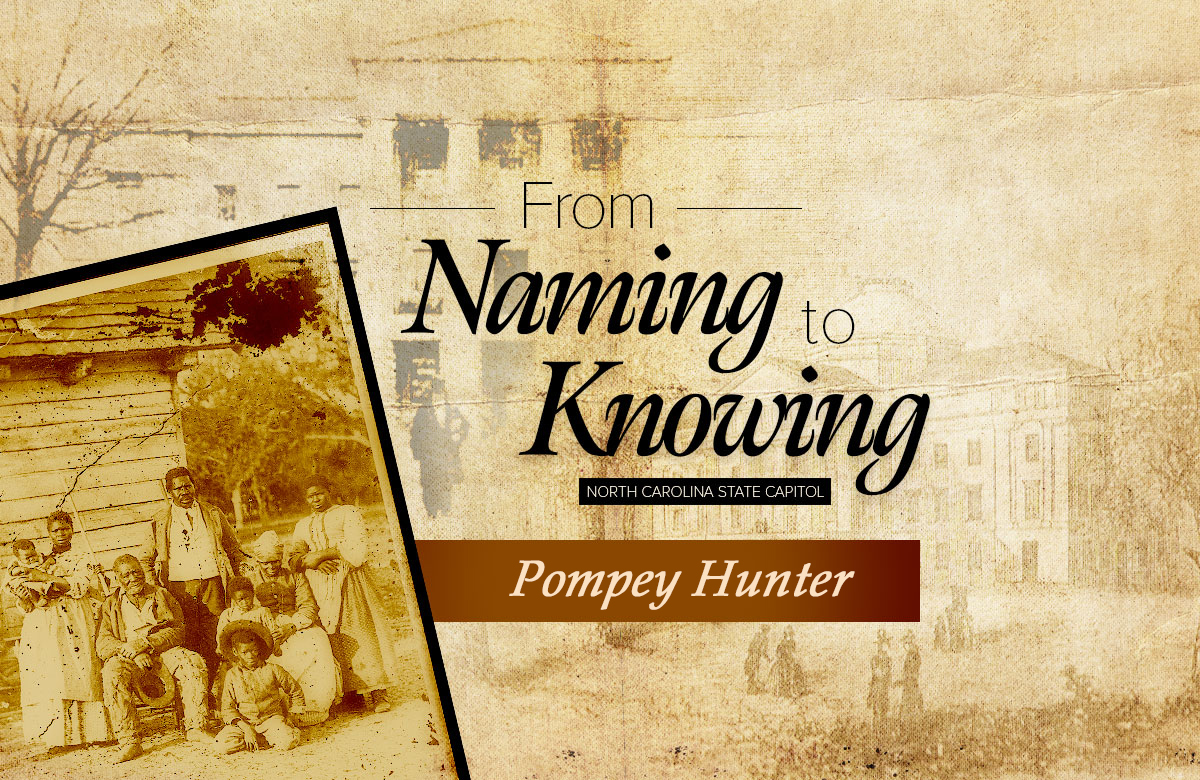After Emancipation, Pompey Hunter relocated from Wake County to Bibb County, Georgia. He lived there with his wife and family, working as a gardener.
Andrew Whitaker was a laborer during the Capitol's construction. His enslaver operated a piano shop, where Andrew may have worked.
Alfred Wheaton was born around 1807. After Emancipation, Alfred was a trustee of Manly Street Christian Church.
Giles Stone was born on October 9th, 1815. His enslaver Sarah Stone listed his birthday on an 1819 list found in her journal. When he began working at the Capitol, he was about 18 years old.
Glasgow Saunders was highly paid for this project; his labor was valued at $1.00 per day, double what the labor of most of the enslaved men generated.
It is likely that Ned was born around 1802. Ned worked during the Capitol's construction as a “quarryman.” Ned is mentioned multiple times in the will of his enslaver.
Cabinetmaker Handy Lockhart helped craft more than 170 pieces of furniture, namely desks, chairs, and tables, for use in the House and Senate Chambers. He was a well-connected, politically active man of faith in the years after he gained his freedom.
Lunsford Lane was born on May 30, 1803. He later wrote The Narrative of Lunsford Lane, Formerly of Raleigh, N.C. Embracing an Account of His Early Life, the Redemption by Purchase of Himself and Family from Slavery, and His Banishment from the Place of His Birth for the Crime of Wearing a Colored Skin. Published by Himself.
Most of what we know about Friday comes from his 1883 autobiography Days of Bondage: Autobiography of Friday Jones, Being a Brief Narrative of his Tirals and Tribulations in Slavery.
Cato Haywood sought his freedom in 1837.
- 1
- 2













